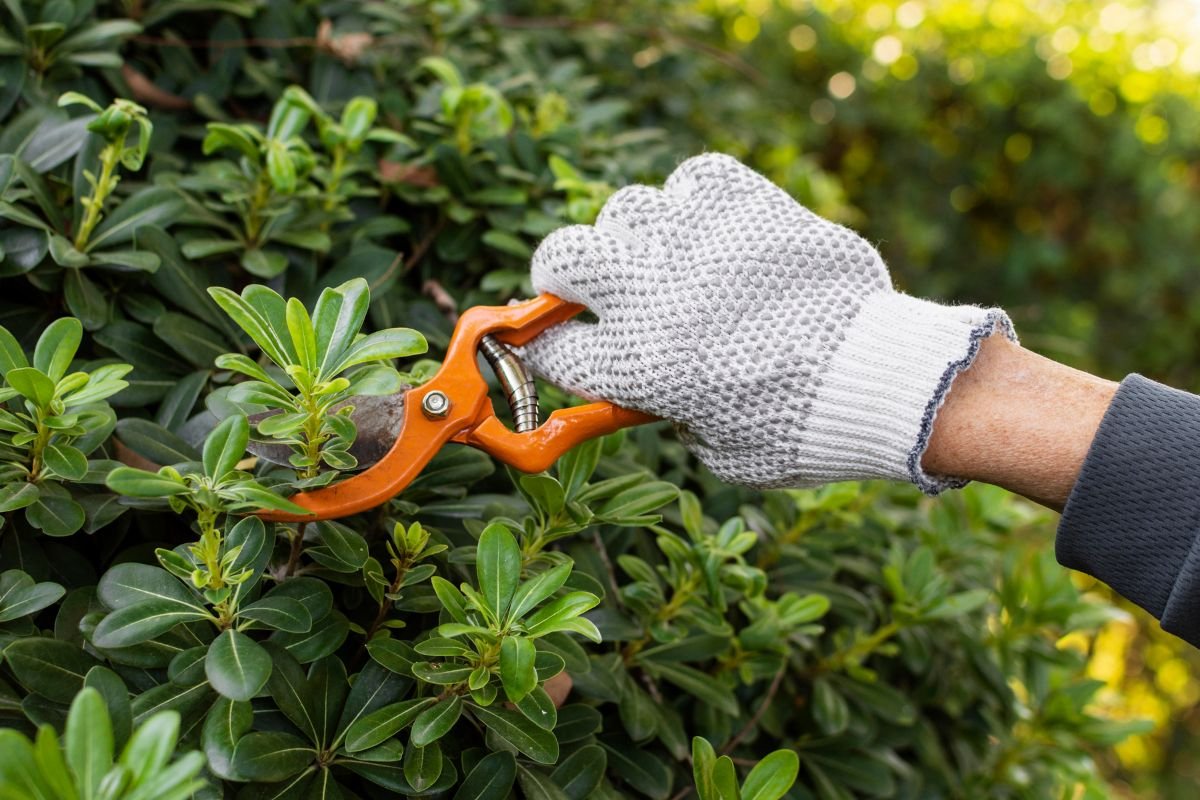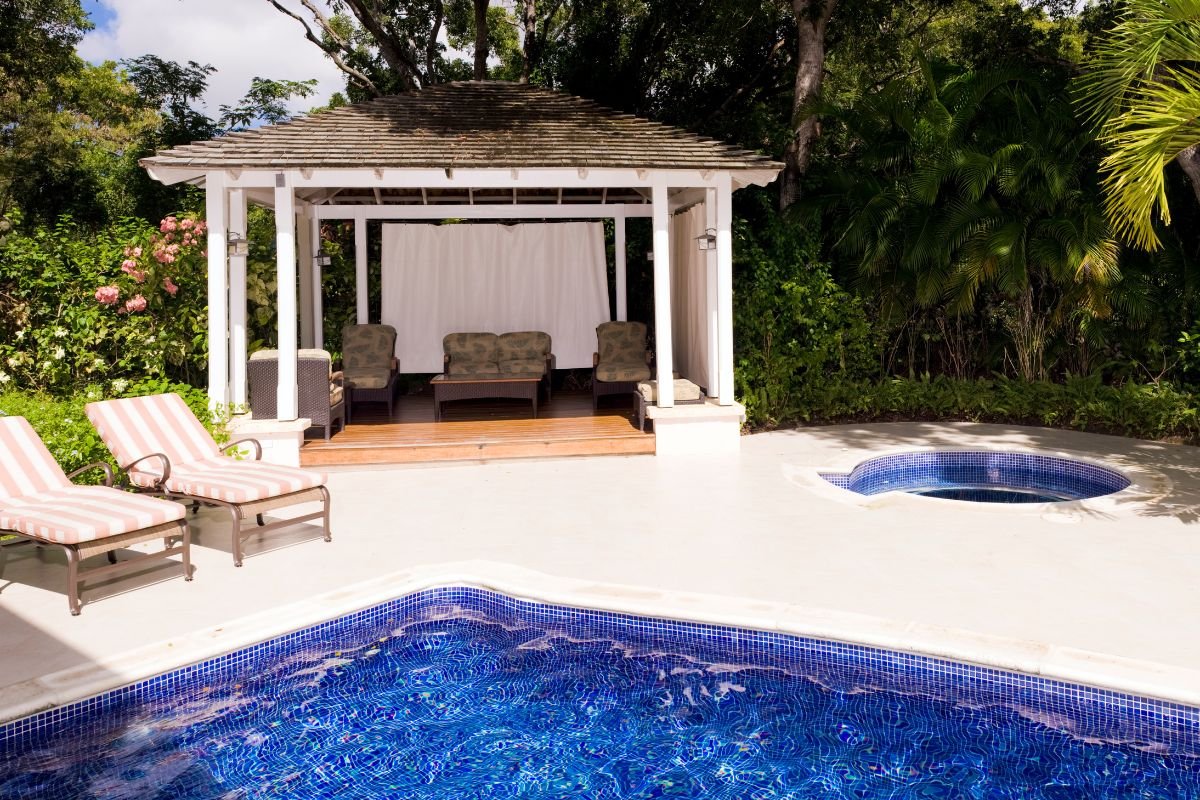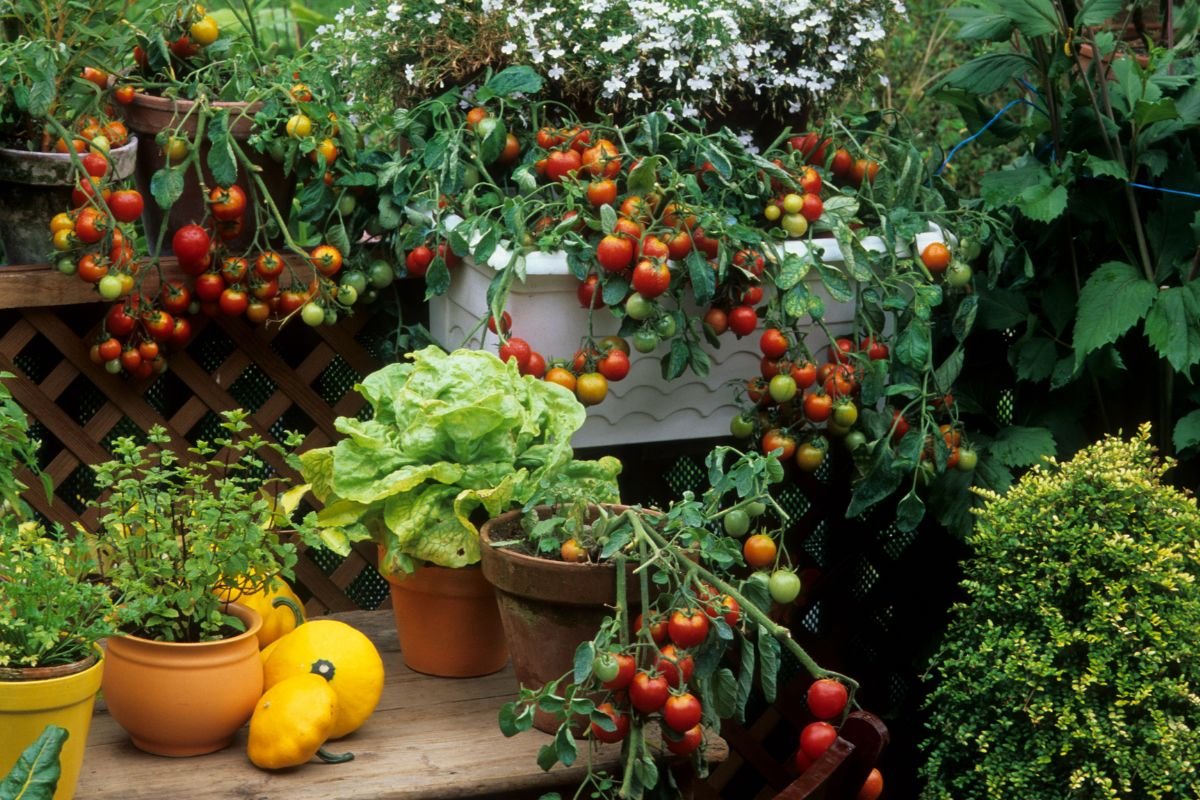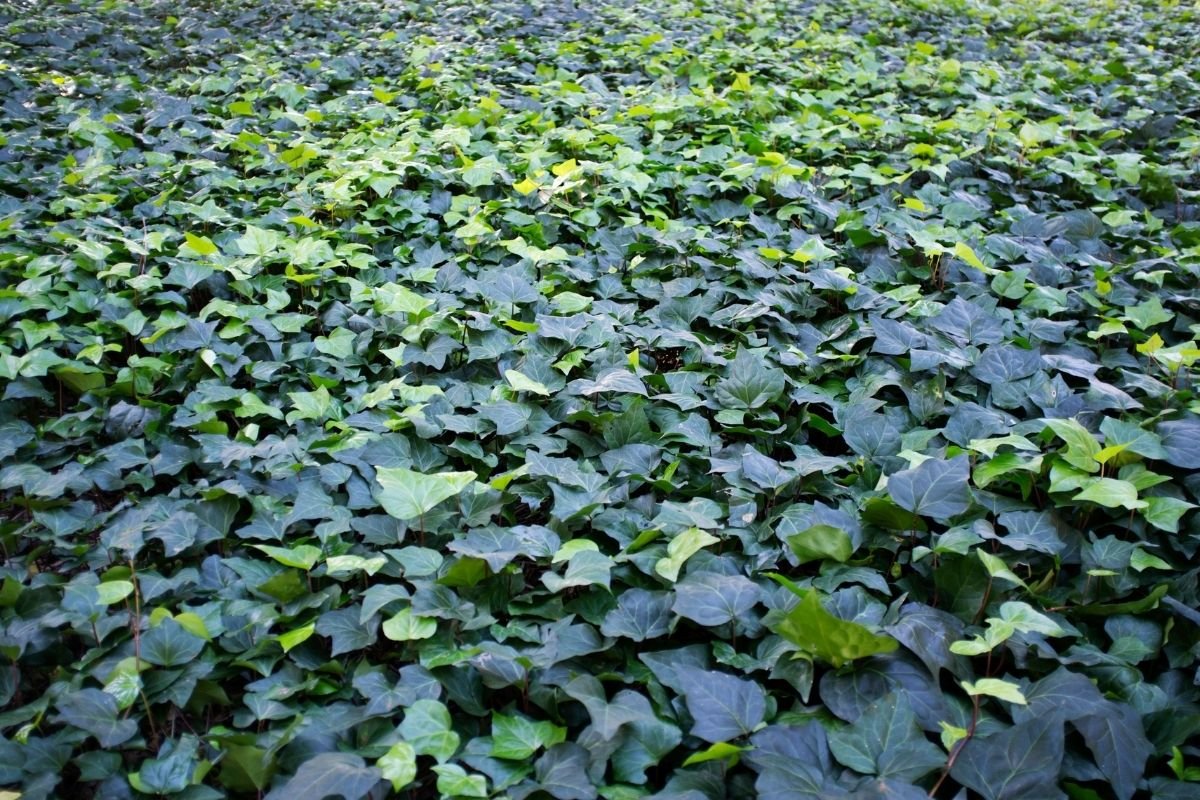The world is facing a waste crisis, with not enough of our everyday products being recycled, and too much going into landfill. However, with parts of the world considerably at risk of being lost to plastic and other trash, it’s important to look at what we can do to shrink our environmental footprint. New Zealand, while a small country, is still contributing to a growing problem, with 2.5 million tonnes of rubbish, or about one tonne per household, going into landfill every year.
Did you know that a lot of what we are throwing away we can actually use in the garden? While gardening isn’t for everyone, you would be surprised at what you can consider to be garden waste or green waste, breaking down in your own yard for use in gardens and soil. There’s no time like the present to join the compositing revolution and do your part for the environment. You will be surprised at how a bit of composting education can transform your waste production.
What is Composting?
Compositing is the act of using decomposing organic matter, turning it into a soil conditioner. It’s nutrient-rich, and those who love to get involved in gardening refer to it as “black gold”. It’s an excellent way in which to revitalise your soil while taking care of garden waste and green waste in the process.
What Can You Compost?
You will be pleasantly surprised at the amount of food scraps and other things you are throwing into landfill, that can actually benefit your garden. Fruit and vegetable scraps, egg shells, coffee grounds and filters, paper products, rice, pasta, chips, bread, cheese, cereal, crackers, seaweed, hair, cotton, nail clippings, dryer lint, ashes, and latex balloons are just a few of the many options.
In essence, almost anything you can break down is beneficial for your garden. That list doesn’t even extensively cover garden waste and green waste such as lawn clippings, twigs, leaves, and dead plants. Don’t underestimate how dramatically the act of compositing can empty your rubbish bin marked for landfill.
Benefits of Composting
Many people get a lot of pleasure from gardening, but composting with garden waste, green waste, and other ingredients can be equally as satisfying. What’s more, there is a range of benefits on a local and global scale.
Less rubbish going to landfill
Enriches your soil
Suppresses plant diseases
Reduces the need for a chemical fertiliser
Lowers methane emissions from landfill
Creates a nutrient-rich material your garden will love
How to Compost
Many people with a lot of garden waste or green waste will see the benefits of composting, but may not know how to get started. Then, there are those who don’t dabble in too much gardening but would like to reduce how much of their trash goes into landfill. Whichever category you fall into, you will be pleased to know that composting is an effortless process – and one doesn’t require you to be a seasoned gardener.
Method One – Backyard Composting
The first step to backyard composting is to set up an area in your yard for the process. Ensure it’s near a water source and as far away from your home as possible. Remember, the compost bin or area will feature a lot of garden waste, green waste, and smelly, decomposing products. As a result, you won’t want it too near an outdoor dining area!
You can either use a bin or create a pile – whichever you prefer. Begin by adding brown and green waste as you collect it, shredding and breaking up any large pieces as you add it to the bin or pile. When you add any dry products, wet them to keep them moist.
After establishing your compost pile, you can add grass clippings and green waste, burying fruit and vegetable matter underneath the newly created pile. In warmer regions of the country, it can be challenging to stop compost from drying out – at least on top. Therefore, you can keep a lid on the bin, or cover the compost pile with a tarpaulin. It can take between two months and two years to create a layer of dark, rich compost (toward the bottom) that’s ready to include in gardening.
Method Two – Indoor Composting
For those who don’t have a backyard or even a strip of lawn for a garden, it can be more challenging to jump aboard the composting bandwagon and give the environment a break. However, did you know you can do some composting indoors?
While it’s not suitable to begin throwing scraps in the middle of your living room, there are specially sealed containers you can buy that break down food waste, green waste, and other waste so that you can reduce your footprint. While this method is one that may have unwanted rodent visitors gracing your doorstep, it’s still a valid option if you’re interested in creating “black gold” for the gardening community.
Composting Types
Along with indoor and outdoor composting, you can compost in a whole range of ways with different techniques. Even if you’re not that interested in gardening, you are sure to find it’s a lot of fun to think outside the square. Compost bin types and methods can include:
Plastic, sealed bins – suitable for small areas but harder to harvest
Pits – no construction or labour, just set up where you intend on having a garden
Open bins – suitable for hot and cold composting and you can use wood and wire mesh to build them
Piles – no materials or labour required, just dump your green waste, garden waste, and other products onto the pile
Vermicomposting – make worms do all the hard work
Composting is not for everyone, but you will be surprised at not only how beneficial it is, but how little effort it takes. By choosing to put your waste back into your own property, you’re able to keep more of it out of landfill and shrink your ever-growing environmental footprint at the same time. What’s more, if you have to pay for your wheelie bin service, it means you’re able to save space and potentially money in the long run. Jump on the composting bandwagon and reap the rewards sooner rather than later.
































